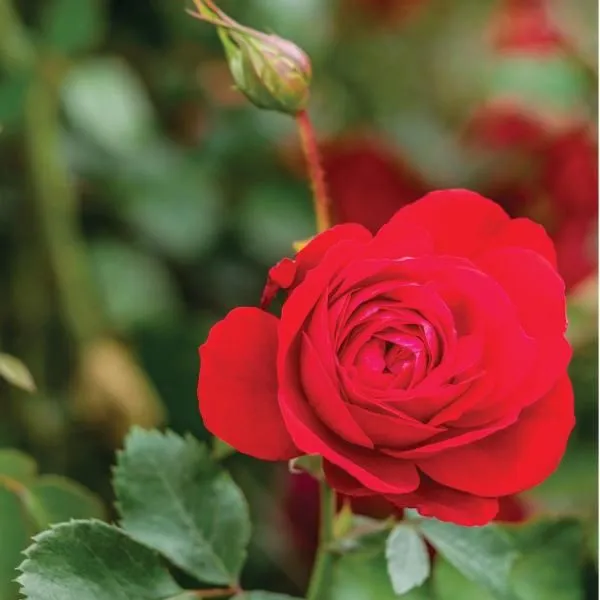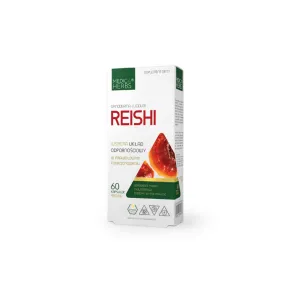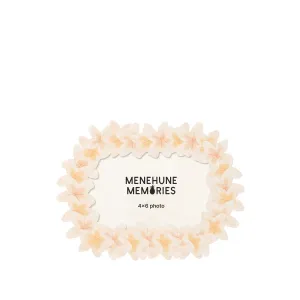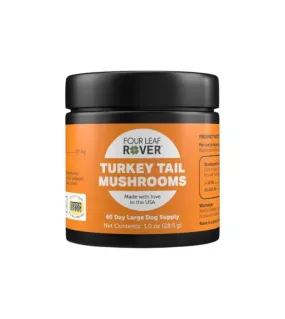The Canadian Shield Rose, is renowned for its stunning deep red blooms. These roses typically feature large, fully double flowers with a classic rose shape, often emitting a delightful fragrance. The petals are velvety and rich in color, creating a striking visual impact in any garden or landscape.
- Size: In terms of size, Canadian Shield Red Roses can vary depending on factors like growing conditions and pruning habits. Generally, they can reach a height of around 3 to 4 feet (about 0.9 to 1.2 meters) and spread out to a similar width. However, with proper care and optimal conditions, they may achieve slightly larger dimensions.
- Location: Plant your Canadian Shield Red Roses in a location that receives full sunlight for at least six hours per day. Ensure good air circulation around the plants to prevent diseases.
- Soil: These roses prefer well-drained, fertile soil with a slightly acidic to neutral pH. Incorporating organic matter like compost into the soil before planting can improve its texture and nutrient content.
- Watering: Water your Canadian Shield Red Roses deeply and regularly, especially during dry spells. Aim to keep the soil consistently moist but not waterlogged. Avoid overhead watering to minimize the risk of fungal diseases.
- Fertilizing: Apply a balanced fertilizer formulated for roses in spring, just as new growth begins. Follow the manufacturer's recommendations for dosage and frequency. Additionally, supplement with a phosphorus-rich fertilizer to promote abundant flowering.
- Pruning: Prune your Canadian Shield Red Roses in late winter or early spring to remove dead, damaged, or diseased wood and to shape the plants. Use clean, sharp pruning shears and make angled cuts just above outward-facing buds. Remove any crossing or crowded branches to improve airflow within the plant.
- Mulching: Apply a layer of organic mulch, such as shredded bark or compost, around the base of the plants to suppress weeds, retain soil moisture, and regulate soil temperature. Leave a gap between the mulch and the stems to prevent moisture-related issues.
- Pest and Disease Control: Keep an eye out for common rose pests like aphids, thrips, and spider mites, and take prompt action to control infestations using insecticidal soap or neem oil. Monitor for signs of fungal diseases like powdery mildew or black spot and treat accordingly with fungicides or cultural practices.












